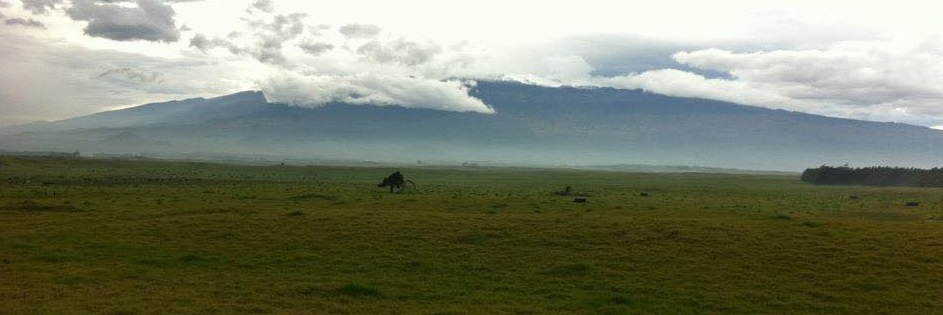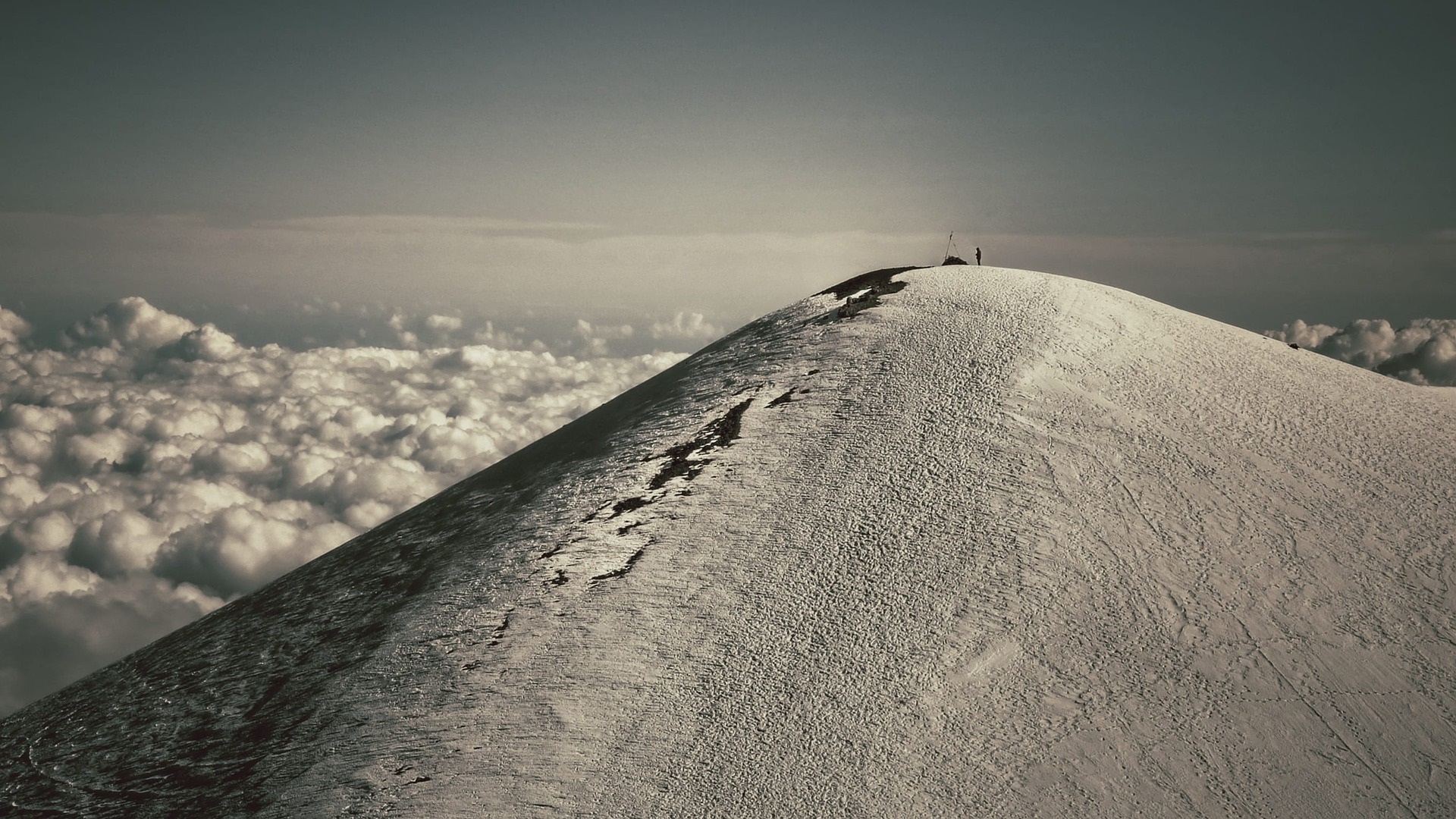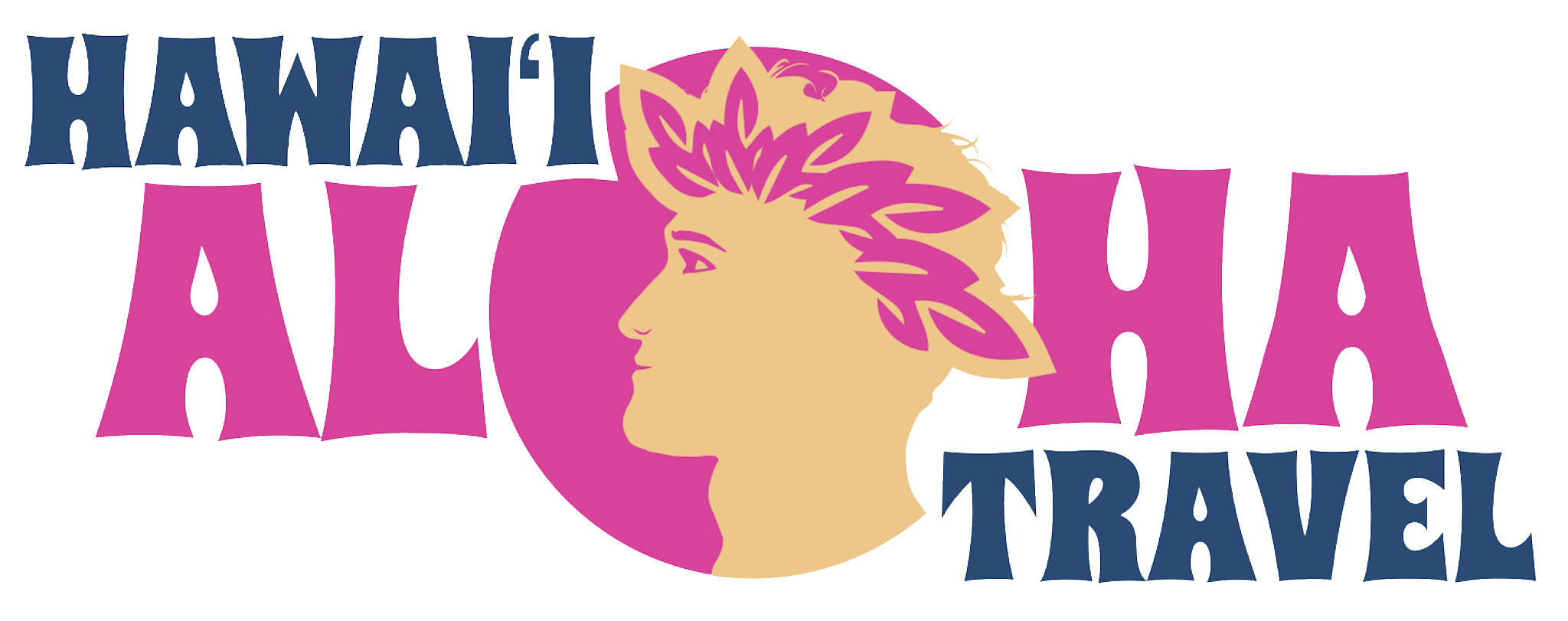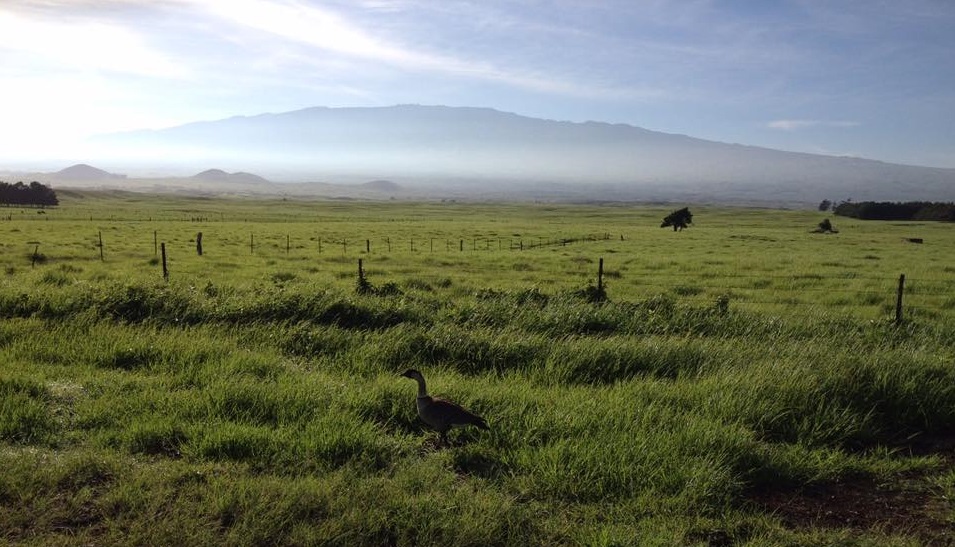At an elevation of a half-mile above sea level (2,667 feet), Waimea, Hawaii Island is somewhere between heaven and earth.
It’s vast, rolling pastures and stands of whispering ironwood pines are unlike any other landscape on the “Big Island”. Waimea is steeped in native Hawaiian history and culture and a cowboy, or “Paniolo” tradition that dates back to the 1830s and continues today. But Waimea offers a great deal more than hay rides to visitors and Big Island residents alike.
At such an elevation, this region of the Big Island is almost always markedly cooler than coastal Hawaii Island. Often when the coast is bright and sunny, mists will settle into the sprawling open spaces between the twin peaks of Mauna Kea to the north and Mauna Loa to the south. On such days, Waimea has an other-worldly, almost mystical feel.

The wholesale harvesting of native sandalwood trees in the early 1800s cleared the way for massive tracts of grazing land, and Waimea’s ranching history began. Massachusetts sailor John Parker jumped ship in Hawaii in 1809. After entering the employ of King Kamehameha I (to cull will bull herds) and marrying the King’s granddaughter Kipikane, Parker was given two acres of ranch land. Parker Ranch has since grown to become one of the largest cattle ranches in the United States. It now has 250,000 acres.
We blog about Hawaii
because we love Hawaii.
Parker Ranch offers public tours of the ranch and its two historic homes. In addition to the day-to-day operations of a working cattle ranch, Parker Ranch is also steward of the ranching tradition on the Big Island. Annual rodeos and cattle drives are important community events. People come from all over the island to participate in traditions that go back generations.
The ranch also offers hunting through local hunting outfitters, with a wide variety of game options. There are two species of Ibex goats, Polynesian boars, and over a dozen game bird species to be found in the great expanses of land that surround Waimea.
In addition to various ranching activities like horseback riding and hayrides, Waimea has other offerings. It’s a short (30-40 minutes) drive from the popular resorts of Waikoloa. It sits at the base of Mauna Kea (13,000+ feet), and serves as headquarters for researches at the telescopes at the summit. The Mauna Kea Observatories Visitor Information Center is about 90 minutes away. Waipio Valley, famous for its dramatic cliffs and rugged coastline, is only about 40 minutes away by car. Waimea is a great place to stage a day’s activities on Hawaii Island’s northern side.

Waimea also offers some truly memorable dining experiences. It’s no surprise that the meats and produce are farm fresh at many establishments. Acclaimed restaurants like Ruth’s Chris and Merriman’s have locations in there. Beer lovers will be keen to visit Big Island Brewhaus. Restaurants in Waimea have been at the forefront of Hawaii’s farm-to-table movement.
Accommodations are plenty in Waimea, as well, with pricing from on-the-cheap to fairly posh.
Parker Ranch
www.parkerranch.com
Big Island Brewhaus
www.bigislandbrewhaus.com
Mauna Kea Observatories Visitor Information Station
www.ifa.hawaii.edu/vis




